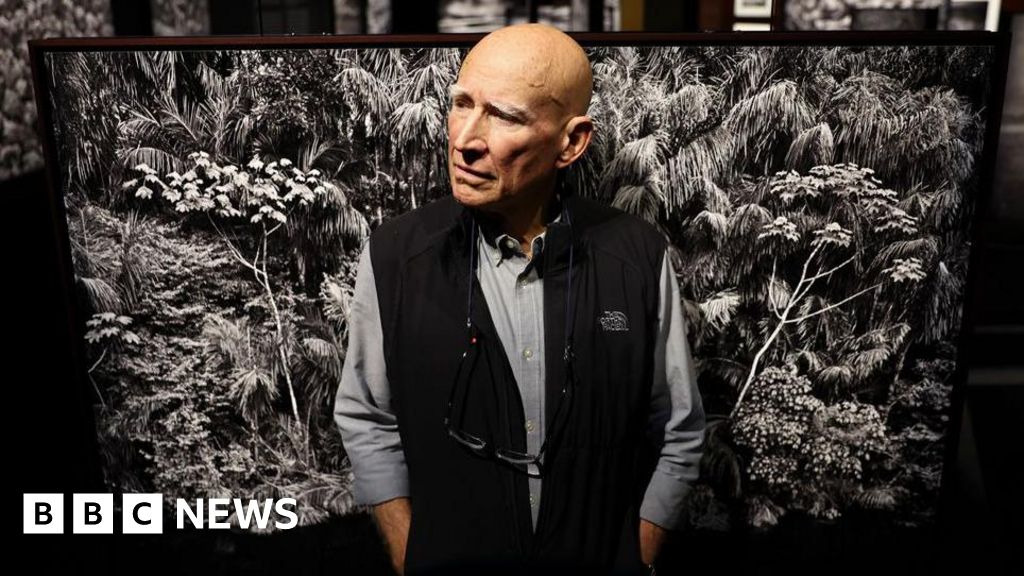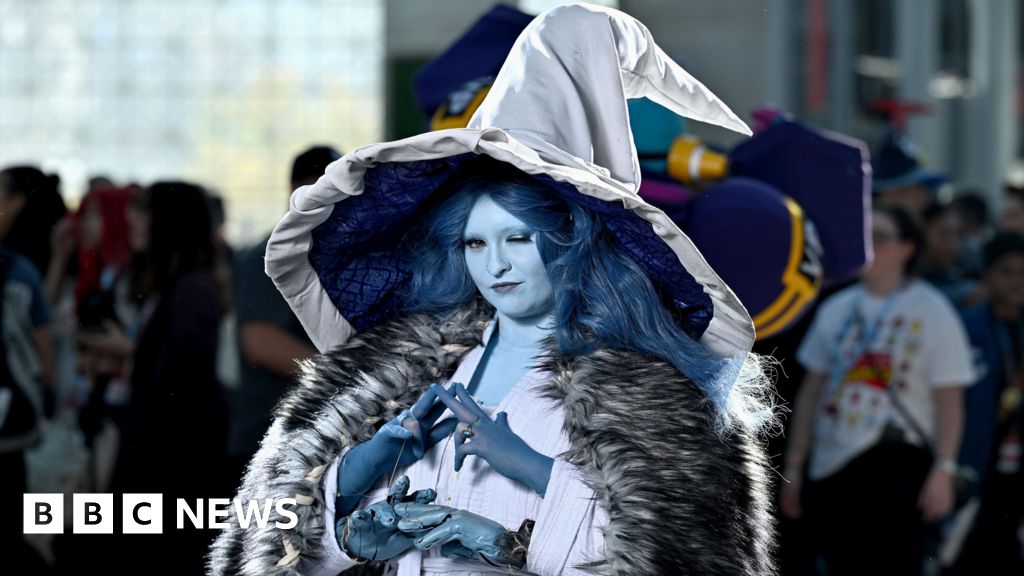ARTICLE AD BOX
Image source, Getty Images
Image caption,The End by Heather Phillipson was installed on the Fourth Plinth in Trafalgar Square in 2020
The artist who put a giant whipped cream sculpture on the Fourth Plinth in London's Trafalgar Square is among the nominees for this year's Turner Prize.
Heather Phillipson is shortlisted for the annual art award alongside Ingrid Pollard, Veronica Ryan and Sin Wai Kin.
Jury co-chair Helen Legg described them as "urgent and distinctive voices".
An exhibition of the four artists' work will open at Tate Liverpool in October, with the winner to be announced at an award ceremony in the city in December.
Noting the effect of lockdown on artists, Tate Liverpool director Legg added: "It feels if feels like a delayed Turner Prize, but also one that's a real celebration of galleries reopening and the opportunity for visitors to get back into galleries, and to start to re-engage with works of art."
The winner will be awarded £25,000, with £10,000 going to each of the nominees.
'Enjoyment and escape'
The Turner Prize is returning to Liverpool for the first time in 15 years. In 2007, the venue became the first place outside London to present the prize, before it went to other cities including Newcastle, Hull and Margate.
Liverpool Mayor Joanne Anderson previously said the event would "shine a global spotlight" on the city.
Alex Farquharson, director of Tate Britain and co-chair of the Turner Prize jury, said this year's shortlist was "excitingly rich and varied".
"Art has provided much-needed enjoyment and escape over the past year, but it has also helped to reconnect us with each other and the world around us, as the practices of the four shortlisted artists variously exemplify," he said.
"I congratulate all four artists on their brilliant contributions and can't wait to see their exhibition at Tate Liverpool."
The Turner Prize, established in 1984, is the most high-profile award in contemporary British art.

 3 years ago
114
3 years ago
114








 English (US) ·
English (US) ·